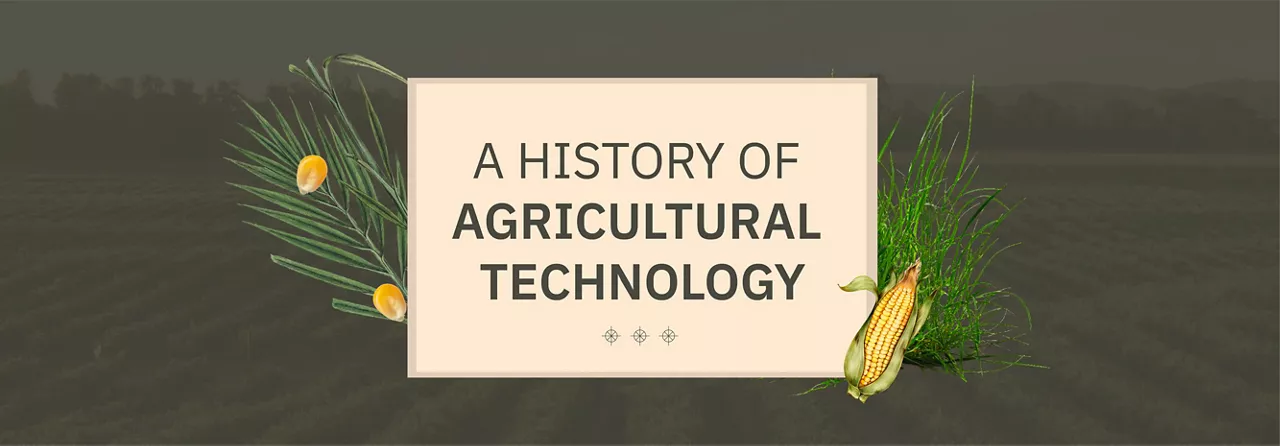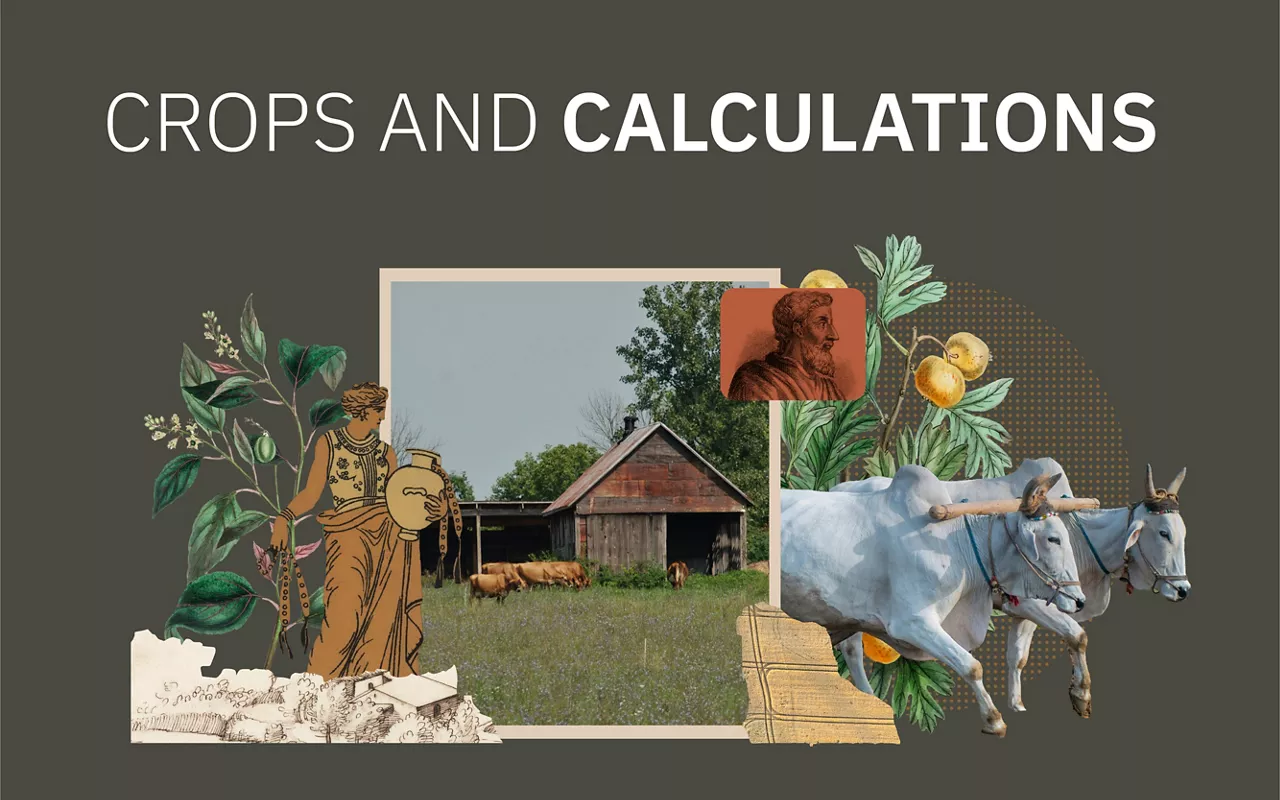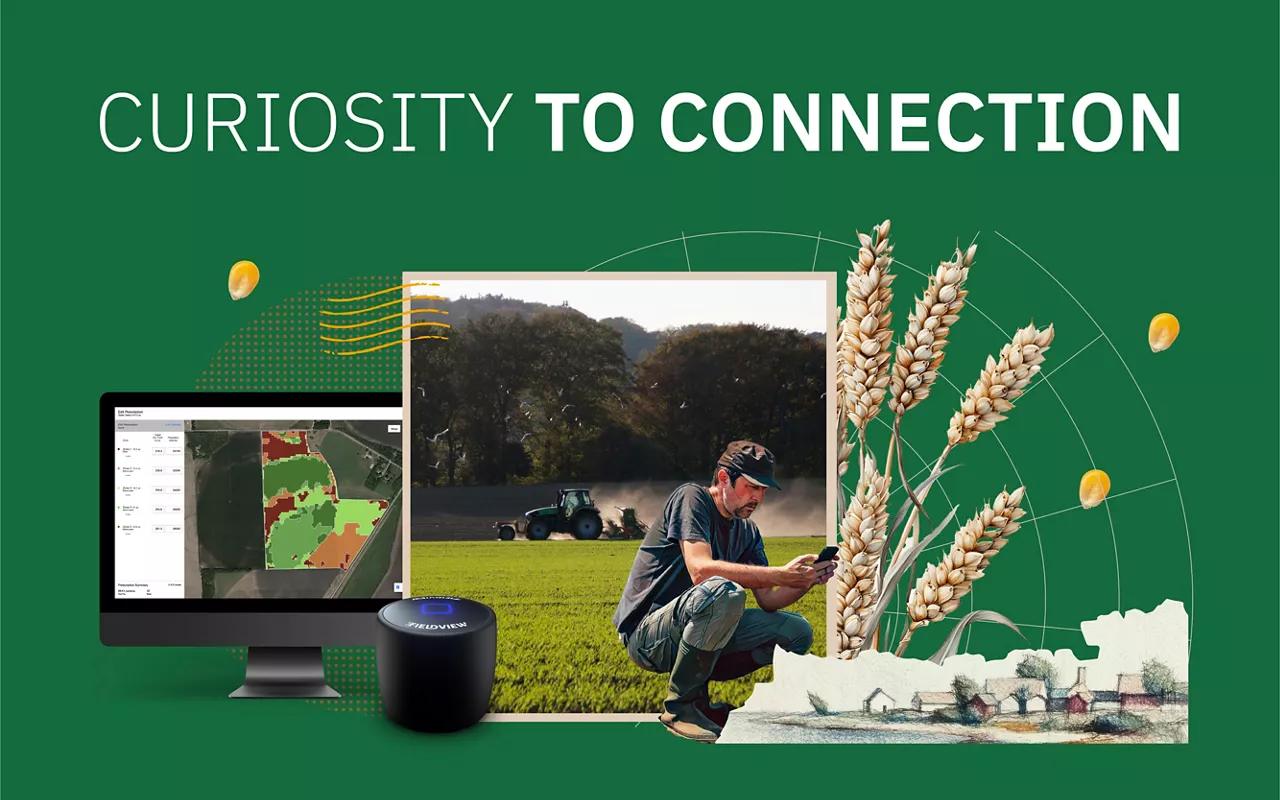
A Season in the Life: The Preceon™ Smart Corn System
An innovative new approach takes root with the Preceon Smart Corn System. See how this new agricultural technology helps farmers get more from every acre.
Long before AI-powered farming technology redefined planting zones and optimized fertilizer use, ancient farmers relied on instinct and observation to cultivate fertile soil. Learn how their early advances planted the seeds for the digital agriculture revolution that grows today.

From ancient civilizations like Egypt and Greece to present, agriculture has quite a fascinating backstory. Its history has paved the way for innovative farm management software and digital farming tools like FieldView™ and the FieldView™ Drive 2.0.
So, how did we get to this new era of innovation?
Let’s start from the beginning. Long before the days of instant data analysis and AgTech, early civilizations relied on ingenuity, spirituality and the land’s topography.

Egyptians relied on the Nile River for crop hydration and flood prediction.
The ancient Egyptians were one of the first-known civilizations to practice large-scale agriculture. They utilized fertilizers composed of animal manure, plant material and human waste, while their pesticides were made from salt, vinegar and mud.
Without the development of digital weather forecast technology, Egyptians created their own weather forecast tool to predict floods. The nilometer, a rounded structure with a channel connected to the Nile River, monitored the rise and fall of the water. With this helpful tool, Egyptian farmers were able to recognize when a flood was likely to occur and make sure they were prepared. Similarly, weather forecasting on FieldView allows farmers to monitor conditions in real-time and better predict future weather patterns. While the nilometer required time and careful observation, FieldView allows farmers to quickly take action to prepare and protect their crops from droughts and heavy rainfall.
The very first irrigation system is believed to have been developed by the Sumerians in Mesopotamia, but the ancient Egyptians were the first to use a system known as basin irrigation. Planting along the banks of the Nile River, they dug channels from the river to their fields to provide necessary hydration for their crops. The technique encouraged sustainable farming, even in the dry desert terrain.

Greeks and Romans used crop rotation, folk remedies, and natural pesticides to sustain their land.
Greeks used one of today’s common practices, crop rotation, to keep their fields void of pests and their soil fertile. They also used unique forms of crop protection: folk remedies and offering prayers to the gods. The most commonly used folk remedy was hanging a crayfish or a mare’s skull above the garden to keep the pests at bay, specifically caterpillars.
Romans also utilized similar crop rotation methods, periodically switching out wheat and barley crops with legumes to preserve soil fertility.
A discovery by Varro, an ancient Roman scholar, prompted the widespread utilization of amurca, a pesticide made from a mixture of salt and olives. The Romans would often use smoke from controlled fires to fumigate their crops and ashes were used as fertilizer.
Just as the ancient Greeks and Romans made adjustments to protect their crops and produce higher yields, yield analysis on FieldView allows farmers to do just that. Using precise data, farmers can easily see how certain management practices—like crop rotation or soil treatments—impact their harvests and make faster, informed decisions.
Early farmers made agricultural observations that are akin to the data-driven insights available to today’s farmers. A quote attributed to Varro serves as evidence that even before digital data collection, farmers have shown a vested interest in gaining a deeper understanding of their land:
“The domestic ox becomes the cause why the grain grows more easily in the ploughed land, and the fodder in the fallow land.”
Essentially, Varro made a data-driven observation without the data. Digital farming software like FieldView was designed as a solution to satisfy this centuries-long curiosity and offer farmers insights into their own observations.

Native Americans were known to have excellent plant breeding skills.
Early Native American civilizations such as the Iroquois and Cherokee found that planting corn, beans and squash together created a perfect environment for all three crops to thrive. This sustainable practice, referred to as the “Three Sisters” method, is still used among Native American tribes today.
Native Americans were also known to have excellent plant breeding skills. They originally grew maize from a grass seed called “teosinte” and eventually produced 250 different variations across the U.S., establishing corn as a staple crop. Depending on the region, Native Americans were even able to adapt corn crops to mature within a time frame that matched the length of their growing season.

Current technology offers farmers insights for a deeper understanding of their land.
Agricultural practices we see today such as cross-breeding and utilizing hybrid seeds were adopted in the U.S. beginning around the 1930s. Hybrid corn seeds were the first hybrids to be made available to farmers. Agricultural advancements eventually gave way to more hybrids with crops like rice, wheat and soybeans following suit.
Flash forward nearly a century and here we are–the era of innovation and AgTech.
Through studying the history of farming, we know one thing for sure. All farmers, from those who lived in ancient civilizations to modern innovators, are united in their collective search for a deeper understanding of the earth and the potential it holds.
Precision farming technology like FieldView helps farmers foster a stronger connection to their land through meaningful insights and reliable data.